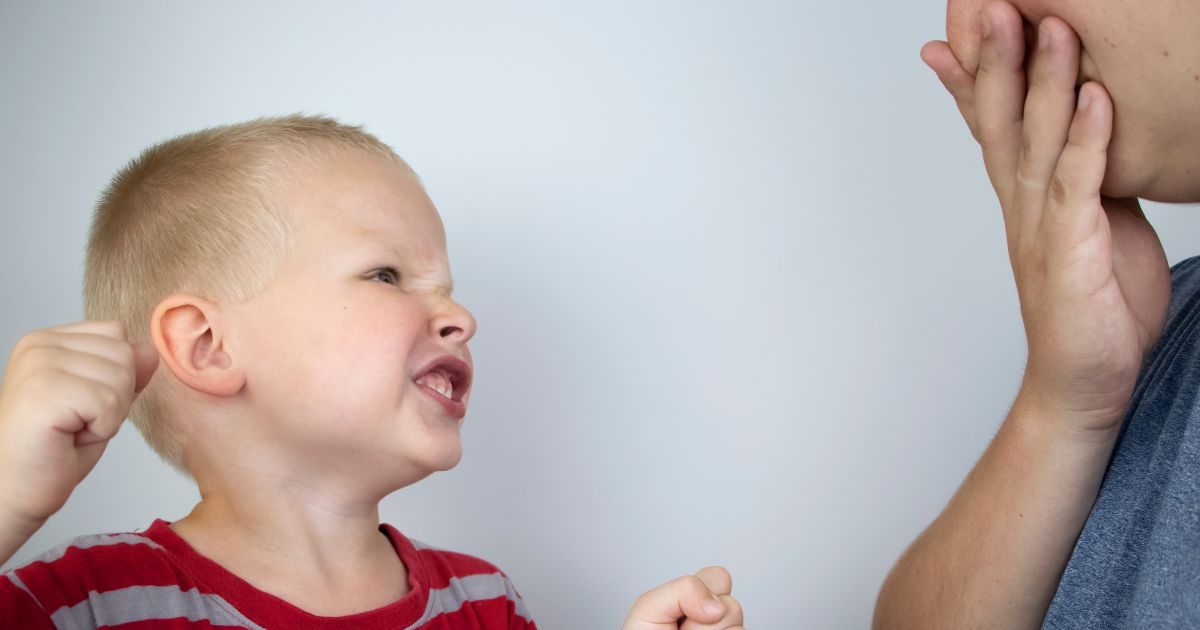Parenting tips: It is a challenging process of children to understand their feelings at a young age and express them properly. Many times parents ignore their mistakes by pampering children, which can cause problems later. One of these common problems is that young children often get used to raising their hands on parents or other people. If this behavior is not cured in time, then the child’s upbringing can negatively affect.
When children are younger, they process physically to explain their anger or disagreement, such as killing, cutting or pulling hair. This is the reason that if parents fail to cure this behavior of children in the beginning, then it can become a habit. Due to which it is very important for children to teach that such physical behavior cannot be accepted.
So, if your child kills you or harms someone else, how should you handle it? We get the answer to this question from the children’s doctor, Dr. Arpit Gupta.
Also read – Your child has started speaking lies? Understand the reason and get rid of this bad habit in these 6 ways
What to do if the child starts killing?
Dr. Arpit Gupta says that if the child kills you, first of all take it off his lap. When the child reacts physically to express his feelings, it is necessary to convince him that such behavior is wrong. Parents should explain that raising hands is never accepted.
According to Dr. Gupta, children should be taught to express their anger or disagreement through words, not by killing physically. There are some special ways to teach:
1. Maintain control
First of all, it is very important to have restraint with children. If the child has raised his hand, do not react immediately after getting angry. This can worsen the situation. Take a deep breath and maintain peaceful conduct in your voice.
2. Set the boundaries
Explain to the child in a spontaneous way that killing is not absolutely accepted. You can say, “We do not kill anyone because it hurts them.”
3. Teach the correct behavior
Tell the child that instead of physical attacks to express anger or dissatisfaction, he can use words. For example, he can say “I am angry” or “I don’t like it.”
4. Timeout or Consuctions
If the child constantly repeats such behavior, give him a short timeout. For example, if the child raises hands on someone while playing with other children, separate it from that game. This will help the child explain that it can have negative results.
5. Appreciate good behavior
When the child expresses anger or other emotions in a controlled manner, appreciate it. It inspires the child and helps him understand what is right and what is wrong.
6. Identify triggers
Children can often get angry due to fatigue, hunger or excessive excitement. In such a situation, understand their needs first and then help control their feelings.
Also read – Your baby is very angry and irritated?
7. Keep Consistency
According to Dr. Gupta, parents should remain consistent. If the child kills, then adopt the same response every time. Continuity in this process teaches the child that this behavior is completely unnecessary.
